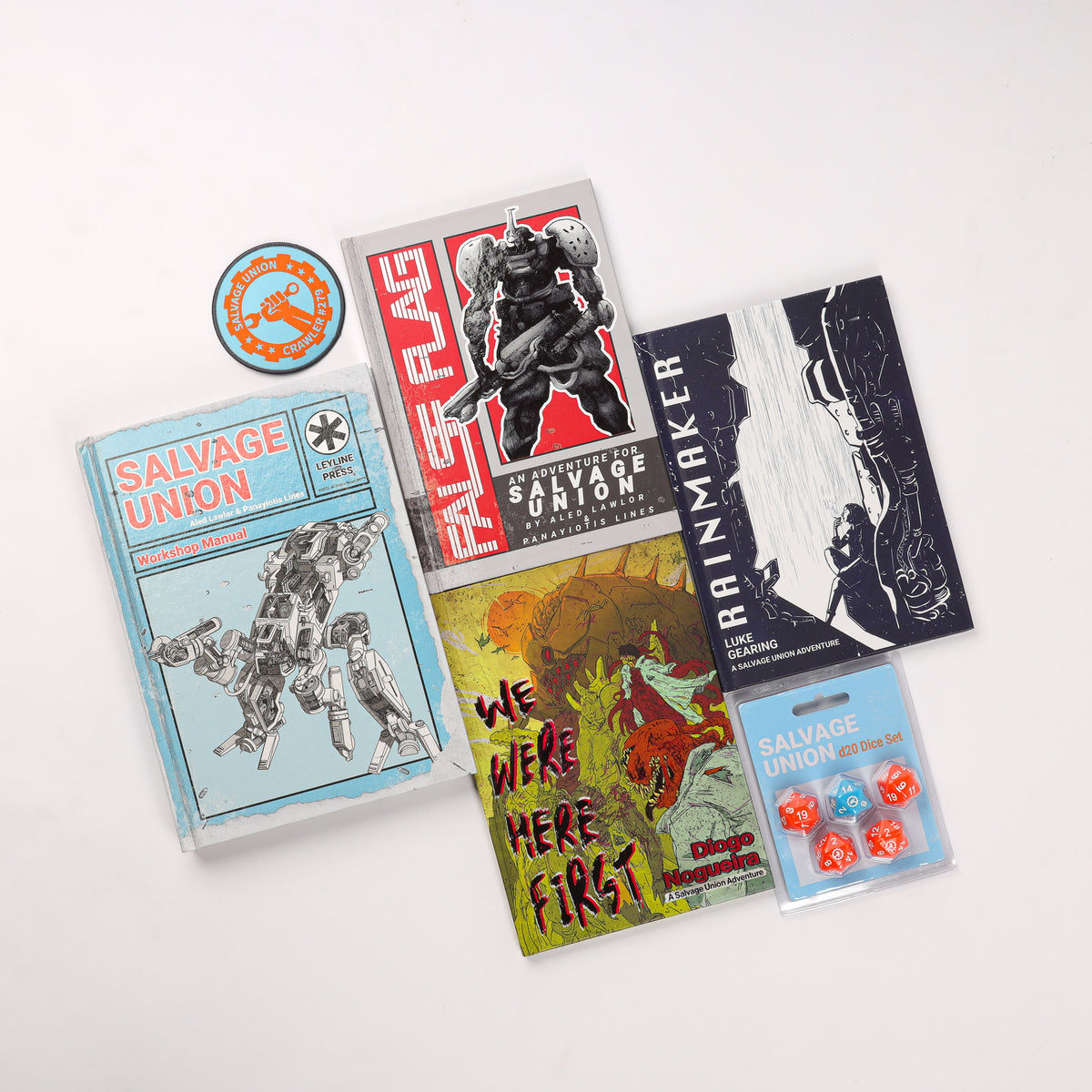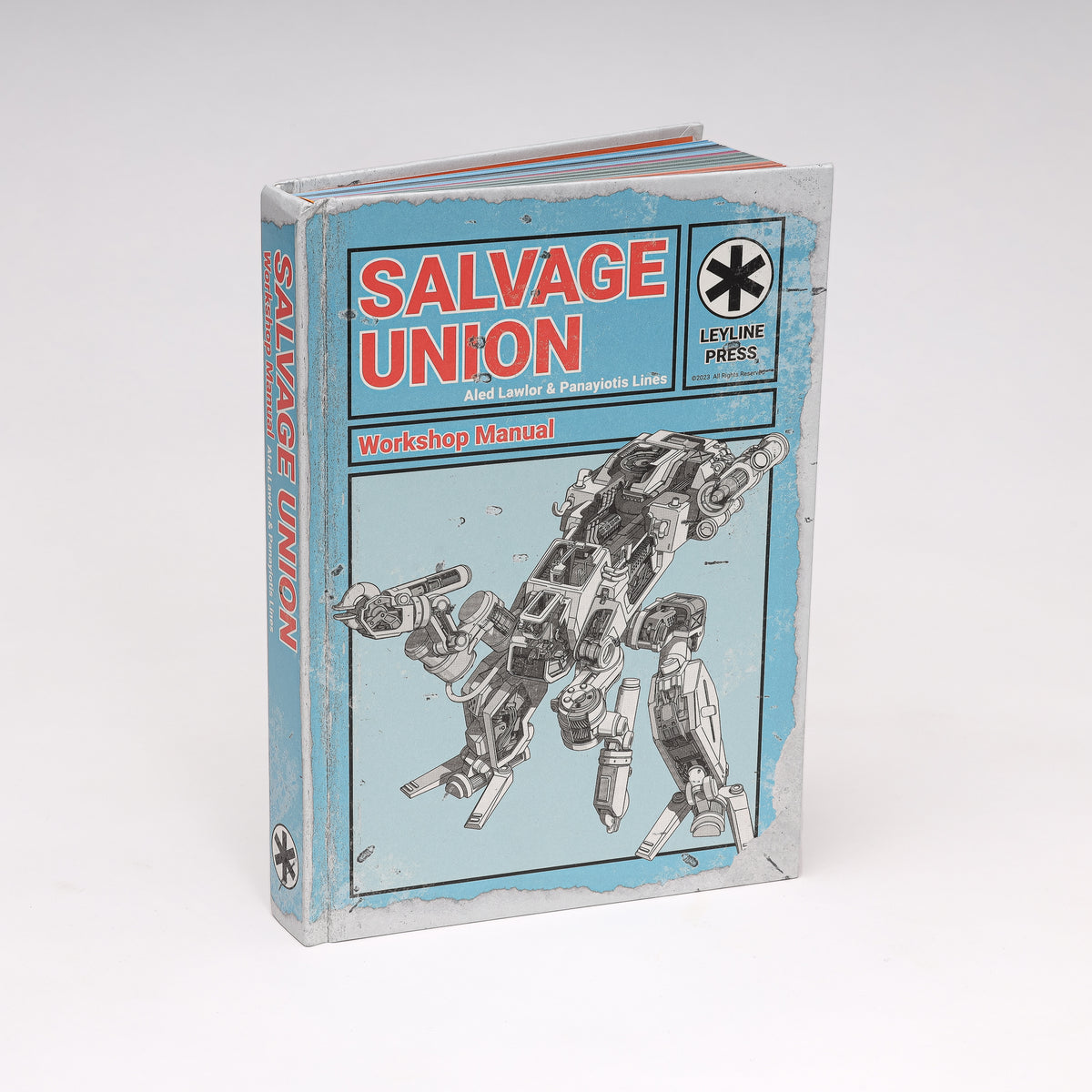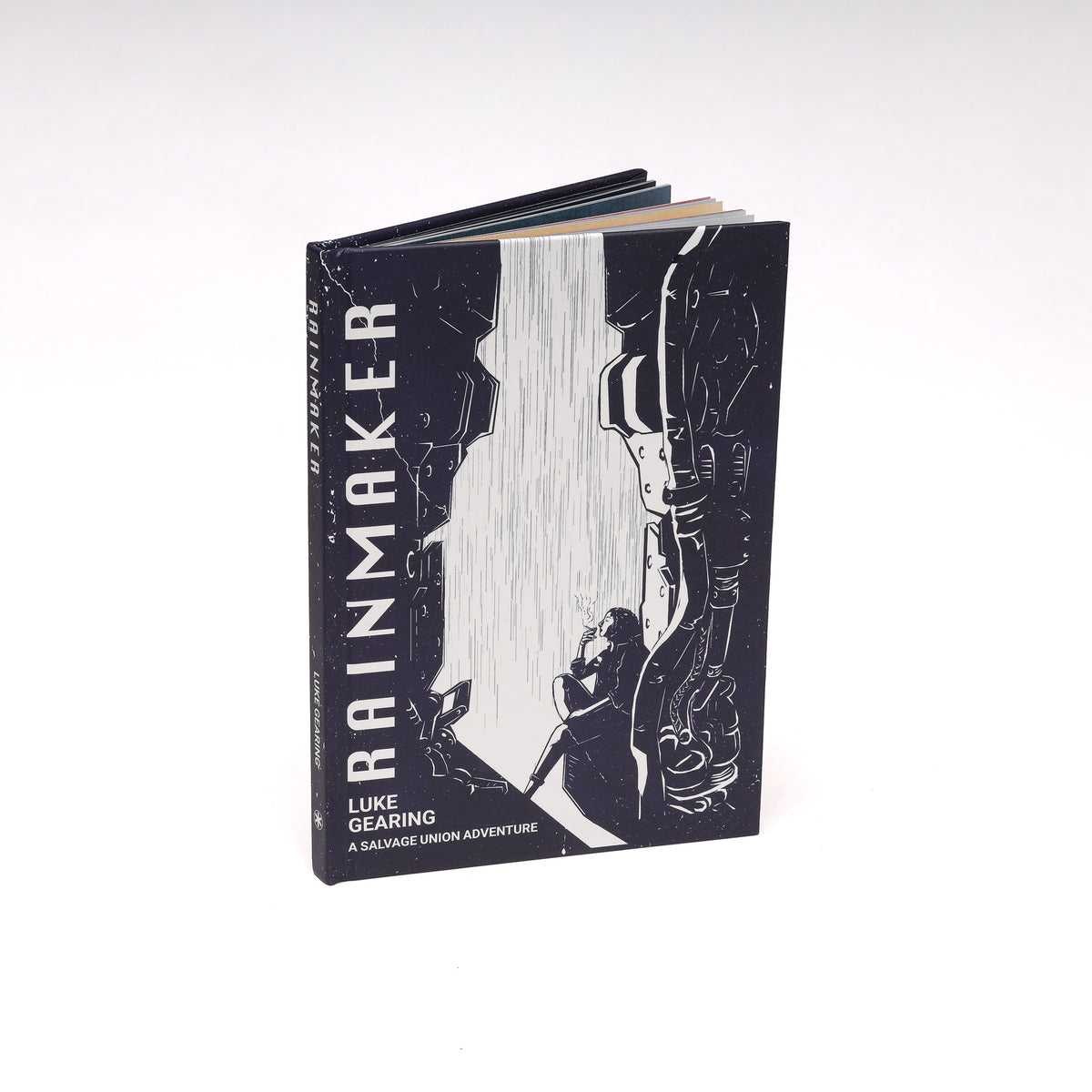In this series of articles we'll be exploring the differences and similarities between every edition of Dungeons and Dragons.
In our last article we looked at 0E D&D.
In this article we're looking at the Holmes Basic Set released in 1977.

‘Basic’ refers to the Dungeons and Dragons Basic rules set. The first D&D basic set was created in 1977 by Eric Holmes, a freelance game designer who created the rules set so that his children could learn to play the game. He then enquired with TSR if he could make it into an official rules set for the game, which they agreed to but shamefully paid him nothing for. This version would come to be known as Holmes Basic.
Holmes Basic would contain rules for both the player and the Dungeon Master. These would include rules to create characters up to 3rd level as well as rules for combat, exploring dungeons, spells, treasure, magic items traps and running monsters. It came in a boxed set with rulebooks and dice, but the rules could be bought separately as well.

Players can still choose from a Fighting-Men, Magic User, Thief or Cleric as their classes. Elves, Dwarves and Halflings were still optional ‘sub’ options of the Fighting-Man. The Hobbit is now also a Halfling due to copyright pressure from the Tolkien Estate.
Classes would have variable hit points now, with for example Fighting-Men gaining 1-8 hit points rolled using a d8, Clerics 1-6 on a d6 and Magic Users and Thief's 1-4 on a d4. Weapon attacks were still however d6 regardless of the weapon.
Spells such as Sleep and Cure Light Wounds were still in the game however the spell list in Basic only went up to 2nd level spells as the game was intended for level 1 - 3 characters and characters gain their 2nd level spells at level 3.
The alignment system of Lawful, Neutral or Chaotic remained in in Holmes Basic from OD&D however Holmes Basic took the concept of good, neutral and evil aligned characters from AD&D and added the classic 'alignment matrix' to the Basic set. This would use a '5 pronged' version of the alignment system that in AD&D and later editions of the game would transition to 9 different alignments made out of a combination of Lawful/Neutral/Chaotic and Good/Neutral/Evil.

This 5 pronged alignment matrix was removed from later editions of the Basic edition DnD such as Moldvay Basic which would simply use Lawful, Neutral and Chaotic. However the classic 9 pronged version would stay within Advanced Dungeons and Dragons and its successors and is still in 5E D&D to this day.
Whilst alignment is often maligned in modern circles it provided characters with a base way on how to roleplay their character in the world and think of them outside of the box of a board game.

The combat system is tidied up from OD&D, with an ordered system based on a character's dexterity value determining who goes first within the combat rounds. There’s a strict and clear procedure to combat to adhere to for when characters can move, cast magic spells, shoot ranged weapons and make melee attacks.
Morale was an important factor ported from wargaming into D&D, some monsters would flee under conditions such as a leader dying and this again allowed players to work out ways to force enemies to flee so they wouldn’t have to risk constant fights to the death.

There’s two main combat tables to reference for player characters and monsters respectively that both use a simplified version of the THAC0 system. This means ‘To Hit Armour Class 0’. Attacks are made by rolling a d20. The player subtracts their THAC0 from their d20 roll and compares it to the chart to see what armour class they hit. A lower armour class provides more armour.
Whilst this seems overly complex now at the time it was relatively simple compared to the alternative provided in Chainmail and much more cleanly presented than in OD&D. THAC0 would stay in the game until 3.0 D&D introduced ascending AC where the d20 roll is simply compared to the armour class of the wearer, which the majority of players use now even in retro clones.
The game is still one about finding gold, with characters gaining experience, levelling up and becoming more powerful primarily for each gold piece they find.
Holmes Basic contained a sample dungeon and guidance to the fledgling dungeon master on how to design and run dungeons, including dungeon crawl procedure such as tracking turns and when to roll for random encounters. OD&D included these elements as well but Holmes tidied it up and the sample dungeon came with a written out description of back and forth play between players. Role playing games are a strange entity and examples of play like this are highly useful in a rules text to give new players some context of how a session is meant to play out. Especially in a world where you couldn’t turn on a stream to see .
The Holmes Basic set was successful enough for TSR to continue the model and a few years later a refined version would be released by Tom Moldvay which would be known as Basic & Expert which we will explore in our next article here.
Thanks for reading! If you're interested in a trio of OSE compatible, old school fantasy adventures check out Albion Tales.
You can explore our old school adventures here.
Subscribe to the Leyline Press newsletter here to receive updates on our blogs, promotions, games and more.
Follow us on twitter @leylinepress
Follow us on facebook @leylinepress
Follow us on instagram @leylinepress
Subscribe to this blogs RSS feed by pasting this into your feed reader - https://leyline.press/blogs/leyline-press-blog.atom
This article was originally written for https://www.osrelfgame.com/






3 comments
If B/X is set in the world of Mystara, what setting is Holmes Basic in?
What are highest Human Character levels in the Original (OD&D) rules? Can Holmes Basic be played until the level 3 cap into Moldvay Expert B/X, basically covering everything through Lv14? Also, do you need to refer back to OD&D and its supplements for Lv15+ if playing Homles rules into the B/X rules?
Not sure what everyone’s problem with with THACO. It wasn’t really a thing in this edition. You looked up your foe’s AC and rolled the D20 and added any bonuses to it. If you got the number then you hit. THACO was a short cut where you just subtracted the AC from your THACO (you took it off the to hit table- modern D&D simply takes the attack bonus out of the attack table) and rolled that number or higher. It’s really no different than the current system where you JUST rolled the die and added a bonus. One is subtraction (THACO) while the other is addition (3E and up).
Is subtraction REALLY that big of a deal?
“The Hobbit is now also a Halfling due to copyright pressure from the Tolkien Estate” is incorrect.
The Hobbit is now a Halfling due to Saul Zaentz’s group, Tolkien Enterprises (the movie merchandising people). Which is also why balrog is Type VI Balor, ent is treant, and warg is giant wolf.